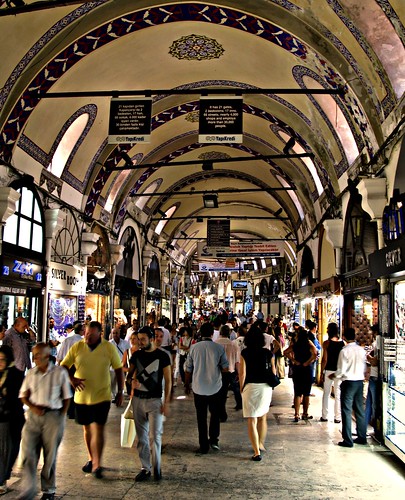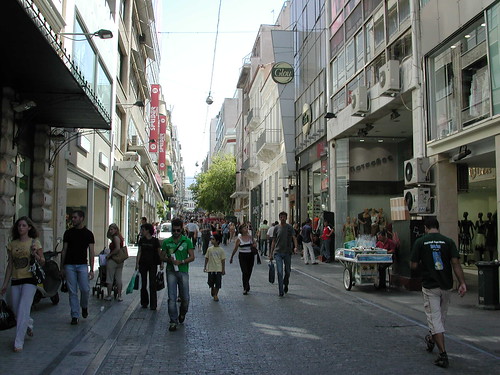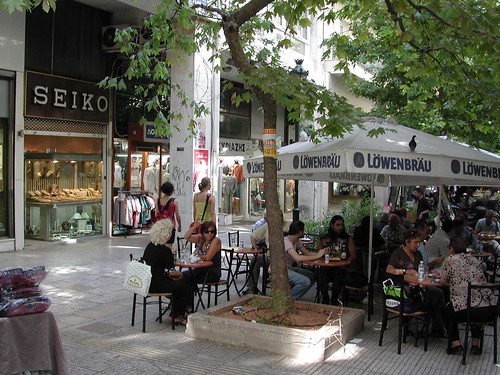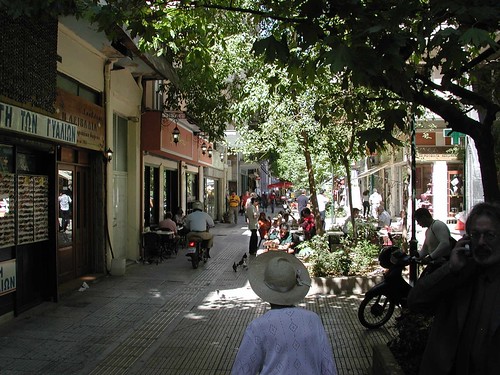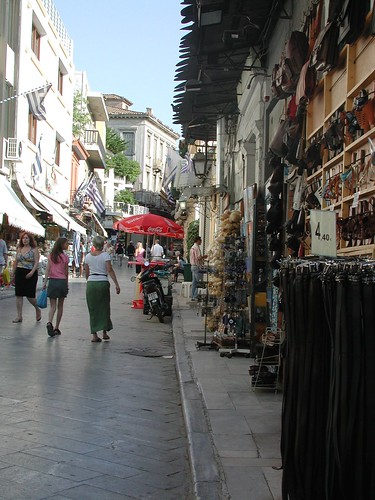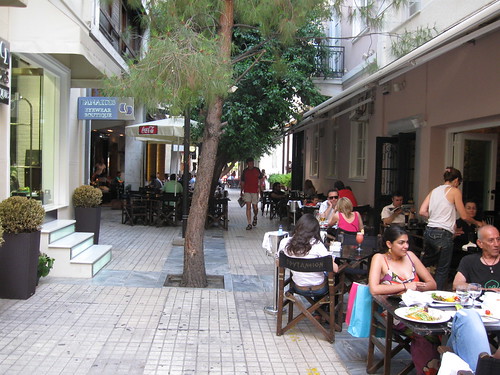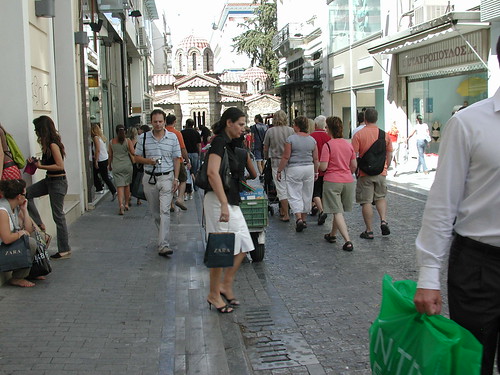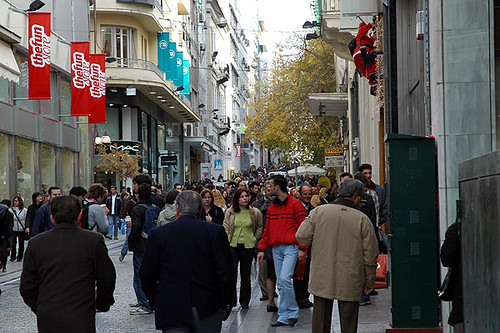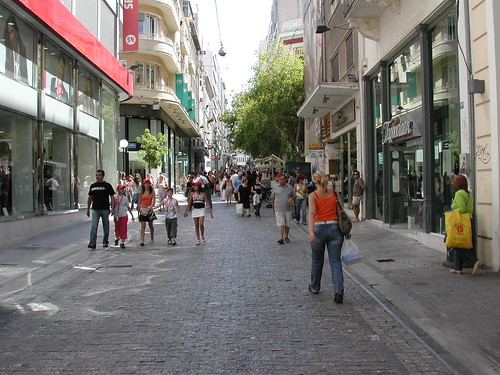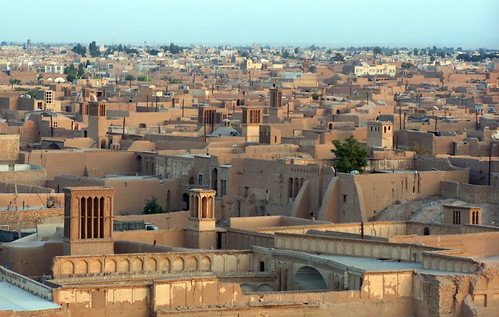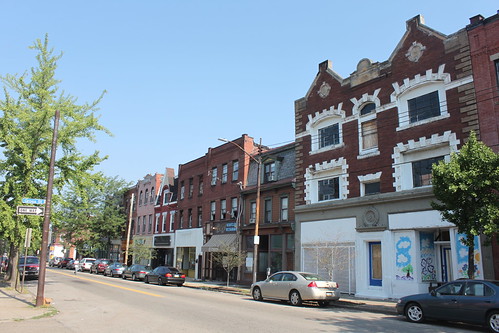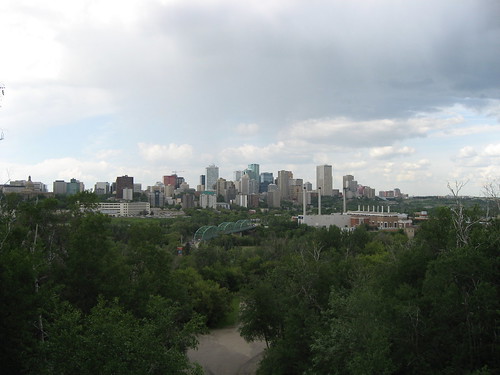Little is known about neighborhood retail and service establishments, although they are often identified as positive attributes of successful neighborhoods and have been promoted through various community development programs. To date, research from urban and public policy fields has concentrated on the political economy of large-scale commercial development projects, particularly those promoted through public-private partnerships. Nonetheless, distressed neighborhood commercial districts present serious obstacles to the vitality of neighborhoods and the success of residential redevelopment. Consequently, neighborhood commercial spaces are often the focus of redevelopment programming. Our lack of knowledge about neighborhood retail and service establishments is itself an obstacle to community development.
The fundamental thesis of this research is that change in neighborhood retail and service establishments (number of establishments, employment size of establishment, number of employees, and payroll) is a function of market and non-market factors. The primary market factors relate to levels of demand from the residents of the businesses’ market areas and proximity to negative externalities in or near the neighborhood. The primary non-market factors are discrimination due to race and ethnicity, and the impact of household characteristics unrelated to demand.
The study uses a special data set for six cities (Baltimore, Boston, Chicago, Cleveland, Pittsburgh, and Oakland) and immediately surrounding counties. The data set includes 1980 and 1990 decennial census variables, and 1982-83 and 1992-93 mortgage volumes, as well as change measures for "stock" variables and rate of change measures for "flow" variables. Additional items (e.g. public housing units, distance to the CBD, and location of major retail centers outside the CBD) have been added to the data set. The dependent variable is the change in the number of establishments for neighborhood retail and service businesses. The current study overcomes previous impediments to analyzing neighborhood retail and service establishments by utilizing a special five-digit zip code data set from the CBP program and by aggregating census tracts to correspond to zip code areas.
The fundamental thesis of this research is that change in neighborhood retail and service establishments (number of establishments, employment size of establishment, number of employees, and payroll) is a function of market and non-market factors. The primary market factors relate to levels of demand from the residents of the businesses’ market areas and proximity to negative externalities in or near the neighborhood. The primary non-market factors are discrimination due to race and ethnicity, and the impact of household characteristics unrelated to demand.
The study uses a special data set for six cities (Baltimore, Boston, Chicago, Cleveland, Pittsburgh, and Oakland) and immediately surrounding counties. The data set includes 1980 and 1990 decennial census variables, and 1982-83 and 1992-93 mortgage volumes, as well as change measures for "stock" variables and rate of change measures for "flow" variables. Additional items (e.g. public housing units, distance to the CBD, and location of major retail centers outside the CBD) have been added to the data set. The dependent variable is the change in the number of establishments for neighborhood retail and service businesses. The current study overcomes previous impediments to analyzing neighborhood retail and service establishments by utilizing a special five-digit zip code data set from the CBP program and by aggregating census tracts to correspond to zip code areas.
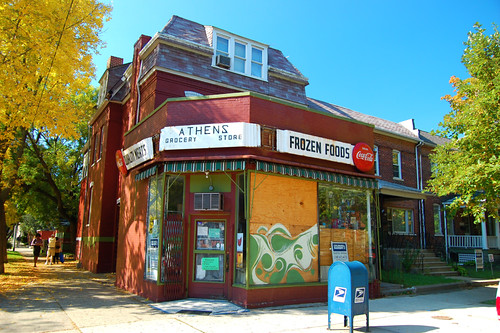
more about centrality:
